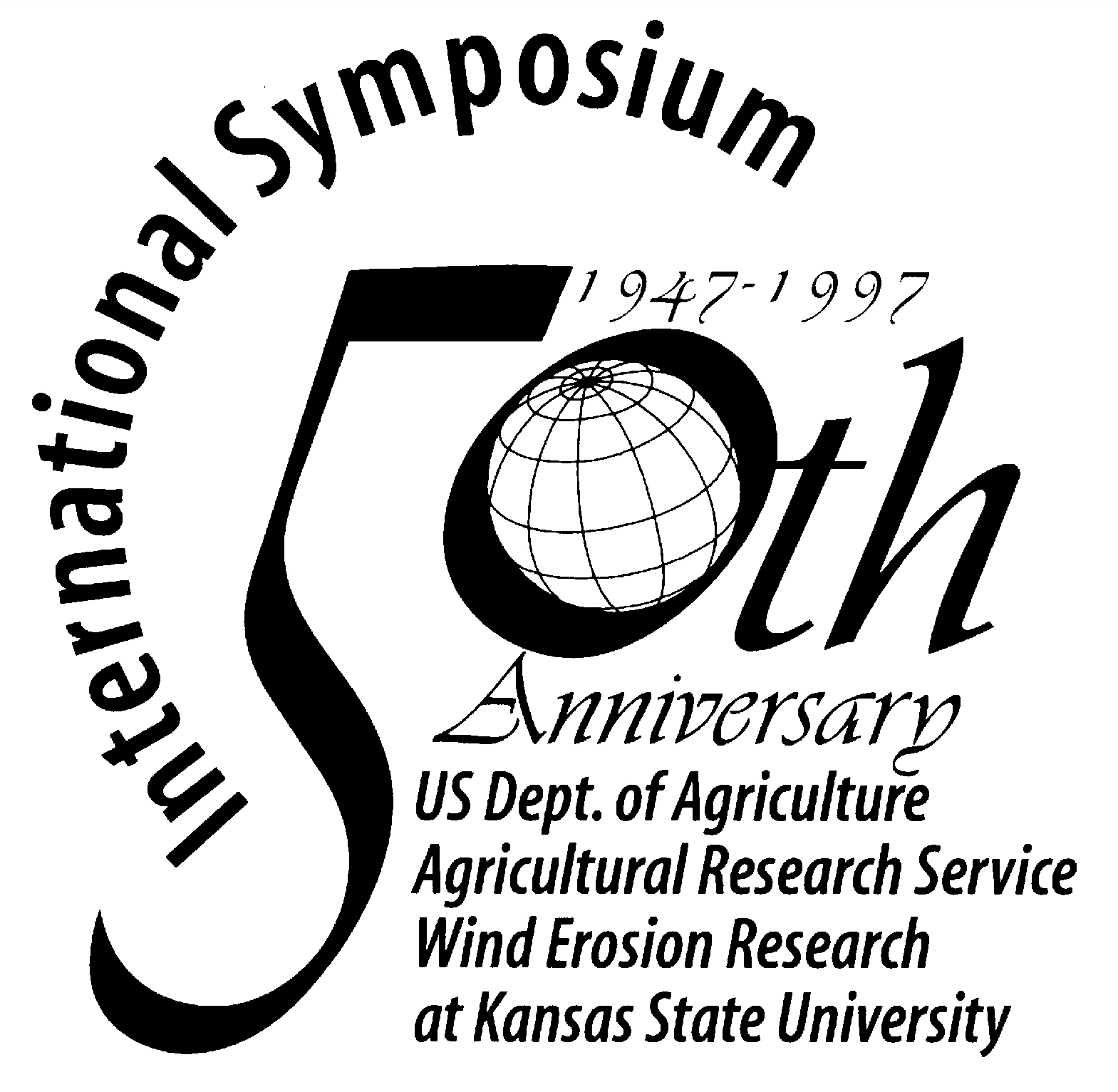Input and Characteristics of Aeolian Dust in the Argentinean Pampa
B. Ramsperger, N. Peinemann, and K. Stahr
Abstract
In order to quantify dust input and its influence on nutrient cycle, dust was collected
monthly during 3 years with special traps in 2 and 4 m height at 4 sites different in
rainfall and distance to the sea in the SW of the Argentinean Pampa. Total deposition
rate, mineralogy, chemical properties, total element content and particle-size
distribution of dust and soil samples of adjacent soil profiles were analyzed. Rainwater
was also collected and analyzed for salt content. The total infall varied between 0.4 and
0.8 t ha-1yr-1. The monthly infall was highly variable between site
and month and not clearly dependent on precipitation. An unexpected high fine sand content
was found in the dust samples. The clay minerals were dominated by smectite and illite
with small amounts of kaolinite. Feldspars and quartz were the principle constituents of
the bulk mineralogy, additional components were magnetite, volcanic glass and calcite.
Towards the sea deposition of water-soluble and dissolved ions increased significantly
while the insoluble element content did not vary distinctly between the four sites. A
distinct seasonal pattern in chemical and mineralogical composition of the dust was not
found. The great conformity in clay and bulk mineralogy and insoluble element content
points to the same source of the dust.
Different quantities of dust led to different nutrient input as dry deposition, and
nutrient input is a function of dust quantity and distance from the sea. |




